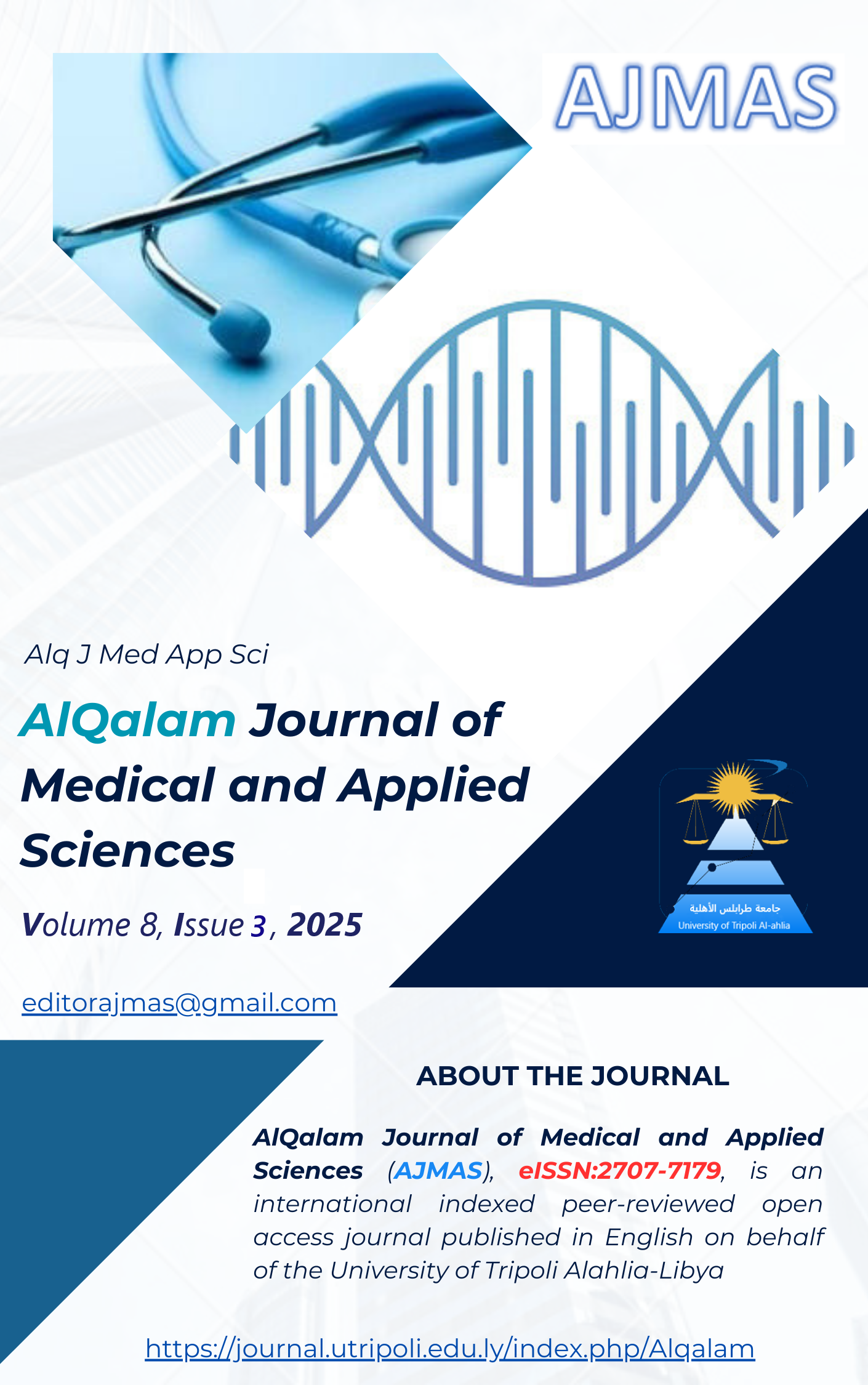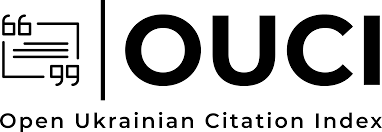The Role of Detergents: Triton X-100 versus SDS in Reducing Contaminants During Genomic DNA Extraction from Pseudomonas aeruginosa Bacteria
DOI:
https://doi.org/10.54361/ajmas.258377Keywords:
Keywords. DNA Extraction, Pseudomonas aeruginosa, Triton X-100, SDS, DNA Purity, Phenol-Chloroform MethodAbstract
This study aims to compare the effectiveness of Triton X-100 and SDS detergents in extracting genomic DNA from Pseudomonas aeruginosa bacteria using the phenol-chloroform method. Each detergent was used at a 10% concentration in the lysis solution to determine its effect on the purity and concentration of the extracted DNA. The results showed that the DNA extracted using Triton X-100 had higher purity compared to that extracted using SDS. The average protein purity (A260/A280) was 1.7 for Triton X-100 versus 1.0 for SDS. Similarly, carbohydrate purity (A260/A230) averaged 1.64 and 1.26, respectively. Although the final concentration of the extracted DNA was comparable using both detergents, Triton X-100 clearly excelled in reducing protein and carbohydrate contamination. This study emphasizes the importance of selecting suitable compounds to obtain purer DNA, thereby enhancing the effectiveness of molecular applications, such as the polymerase chain reaction (PCR). The study also suggests the possibility of using Triton X-100 as a lower-cost and more efficient alternative compared to SDS, with a need for further studies to evaluate the impact of DNA purity on the results of various molecular applications.
Downloads
Published
How to Cite
Issue
Section
License
Copyright (c) 2025 Abdelsalam Salm, Hawa Mohammed, Wala'a Madi

This work is licensed under a Creative Commons Attribution 4.0 International License.















